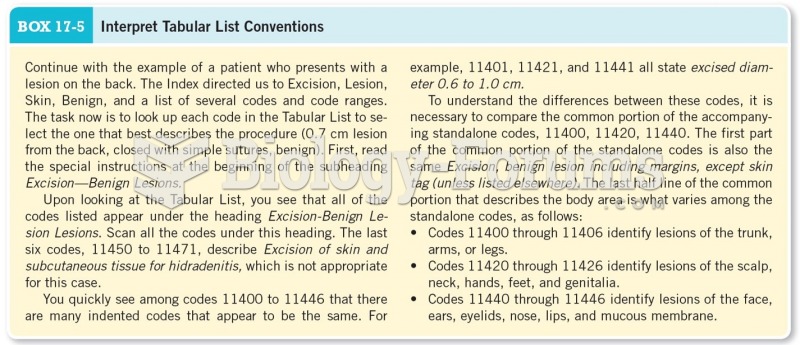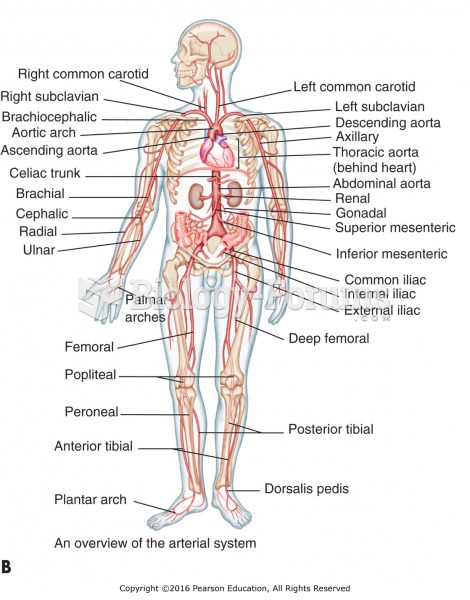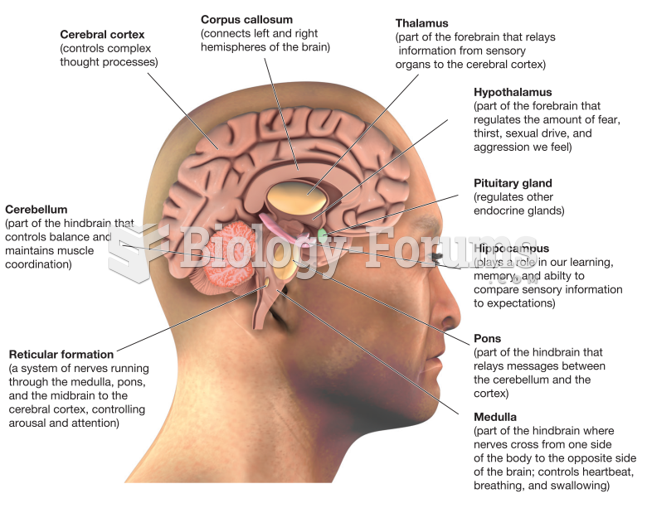Answer to Question 1
The basic steps involved in criminal procedure from the time a crime is reported to the resolution of the case are as follows:
ArrestA police officer takes the suspect into custody. Most arrests are made without a warrant. After the arrest, the officer searches the suspect, who is then taken to the police station.
BookingAt the police station, the suspect is searched again, photographed, fingerprinted, and allowed at least one telephone call.
After the booking, charges are reviewed. If they are not dropped, a complaint is filed, and a magistrate reviews the case for probable cause.
Initial appearanceThe suspect appears before the magistrate, who informs the suspect of the charges and of her rights. If the suspect requires a lawyer, one is appointed at this time. The magistrate sets bail.
Preliminary hearing and informationIn a court proceeding, a prosecutor presents evidence, and the judge or magistrate determines if there is probable cause to hold the defendant over for trial. The prosecutor formally charges a criminal suspect by filing an information, or criminal complaint.
Grand jury review and indictmentThe federal government and about half of the states require grand jury indictment for at least some felonies. The grand jury determines if there is probable cause to believe that the defendant committed the crime. The grand jury formally charges a criminal suspect by issuing an indictment.
ArraignmentThe suspect is brought before the trial court, informed of the charges, and asked to enter a plea.
Plea bargainingA plea bargain is a prosecutor's promise of concessions, or a promise to seek concessions, for a suspect's guilty plea. Concessions may include a reduced charge or a lesser sentence.
Guilty pleaIn most jurisdictions, most cases that reach the arraignment stage do not go to trial but result in a guilty plea, often as a result of a plea bargain. The judge sets the case for sentencing.
OR
TrialGenerally, most felony trials are jury trials, and most misdemeanor trials are bench trials (before judges). If the verdict is guilty, the judge sets the case for sentencing. Everyone convicted of a crime has the right to an appeal.
SentencingWhen a defendant is found guilty by a trial court, the judge will pronounce a sentence, which is the penalty imposed on anyone convicted of a crime. It may consist of incarceration in jail or prison, death (in some states), probation, classes, public work service, or fines or other financial penalties.
AppealPersons convicted of crimes have a right of appeal. Most felony convictions are appealed to an intermediate court of appeal or to the state's highest appellate court. About 10 percent of convictions that result in prison sentences are reversed on appeal, generally because evidence obtained by a
search did not meet constitutional requirements.
Answer to Question 2
The constitutional rights of a person accused of a crime, as stated in the Amendments to the U.S. Constitution, are as follows:
The Fourth Amendment prohibits unreasonable searches and seizures and requires a showing of probable cause before a search or an arrest warrant may be issued.
The Fifth Amendment requires due process of law.
The Fifth Amendment prohibits double jeopardy (trying someone twice for the same crime).
The Fifth Amendment guarantees that no one shall be compelled to give testimony against himself in a criminal case, which is also called the privilege against compulsory self-incrimination.
The Sixth Amendment guarantees the right to a speedy and public trial, a trial by jury, the right to confront witnesses, and the right to a lawyer at various stages in some proceedings.
The Eighth Amendment prohibits excessive bail and fines and cruel and
unusual punishment.







